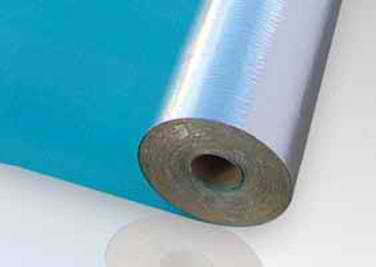What is Insulation?
Reflective Insulation:
Reflective Insulation, as the name suggests, works by providing a shiny surface that reflects heat. Usually this will be a thin layer of aluminium foil adhered to a paper or polymer backing. Reflective insulation is usually installed under the tin or tiles of the roof, or wrapped around the external walls behind the brick work or cladding. To be most effective, reflective insulation must be installed facing an air gap and should be kept clean & free of dust & dirt.
Some of the main advantages of reflective insulation are:-
- takes up minimal space when installed
- provides a vapour barrier as well an insulating effect

Bulk Insulation
Absorptive or Bulk Insulation, is the term for insulation that works by providing a mass of fibres that trap little pockets of air & absorb heat & sound.
Bulk insulation comes in batts, rolls, sheets & loose fill and can be made from a wide variety of materials, including Cellulose fibre, Fibreglass, Polyester, Wool, Polyurethane, Cotton, Hemp etc.
Bulk insulation is installed between the rafters in the ceiling cavity, under the tin or tiles of the roof, in the wall cavities and under the floors, to create a thermally & acoustically efficient space within.

To be most effective, Bulk insulation should be installed into the space without gaps to create a continuous barrier. Some of the main advantages of Bulk insulation are
1. Keeps your home warmer in winter as well as cooler in summer.
2. Can achieve very high material thermal insulation values
3. Provides excellent noise reduction capabilities as well as thermal insulation
4. Is generally very easy to install into ceiling spaces even after a home has been built.
To keep your home as comfortable as possible and reduce your power bills, it is advised to have a combination of both types of insulation.
